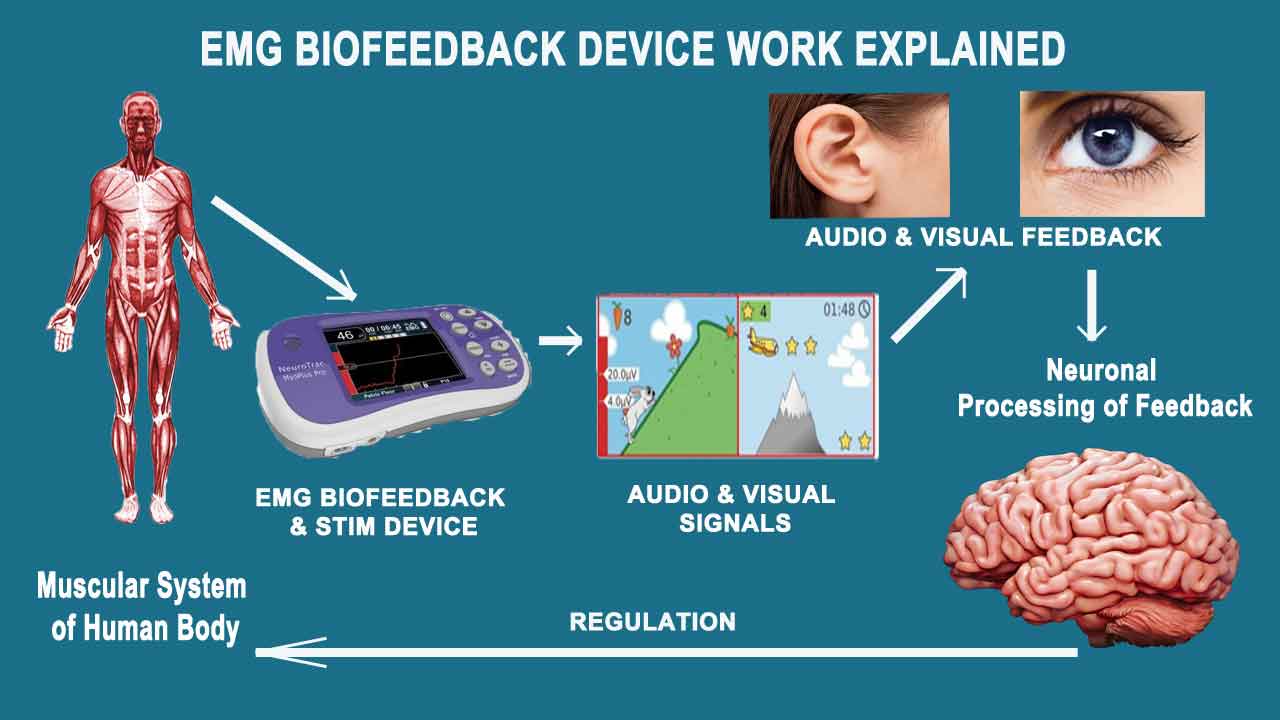Unlocking the Mysteries of the Brain Through qEEG Cerebral Mapping in Psychological Health Evaluation
Unlocking the Mysteries of the Brain Through qEEG Cerebral Mapping in Psychological Health Evaluation
Blog Article
Understanding the individual brain is a challenging endeavor, particularly when it pertains to psychological health. Conventional methods of assessment often rely on conversations and surveys, which can occasionally miss important aspects about how the mind functions. This is where quantitative electroencephalography, or qEEG, comes into the picture. qEEG is a specific technique that measures electrical signals in the cerebrum. By analyzing these brainwaves, mental health experts can obtain valuable insights into a person's psychological condition, helping to improve diagnosis and intervention.
qEEG functions by placing small sensors on the head to capture neural signals. These electrodes detect electrical impulses produced by nerve cells, the cells in the brain that interact with one another. The data collected is then analyzed and presented as a series of patterns. Each kind of brainwave—such as alpha, β, δ, and theta—corresponds to various mental states and functions. For instance, alpha oscillations are commonly linked with relaxation, while β oscillations are linked to engaged cognition and issue resolution. By examining these patterns, healthcare providers can identify abnormalities that may suggest mental health issues.
One of the major benefits of qEEG is its ability to provide unbiased information. In contrast to traditional assessments that rely on subjective reports from clients, qEEG provides a distinct picture of brain function. This clarity can help reduce prejudices in assessment and result to more accurate treatment plans. For instance, if a client is facing anxiety, qEEG can reveal specific patterns of neural activity that are associated with anxiety disorders. This data enables psychological health experts to customize treatments more effectively, whether through therapy, medication, or alternative treatments.
Additionally, qEEG can be particularly useful in monitoring treatment progress. By conducting qEEG assessments at different points during therapy, healthcare providers can monitor variations in neural function over period. This continuous assessment assists ascertain if a intervention is working or if modifications are required. For instance, if a client is not reacting to a particular medication, qEEG may show that their brain activity has not changed in a way that indicates improvement. This feedback loop can lead to more personalized and effective mental health care.
In conclusion, qEEG brain mapping is a powerful tool in the field of mental health assessment. By providing objective data about brain activity, it enhances the understanding of various mental health conditions. This technique not only aids in accurate diagnosis but also helps in monitoring treatment effectiveness. As mental health professionals persist to investigate the capabilities of qEEG, it possesses potential for enhancing the well-being of individuals facing mental health challenges. With ongoing research and progress in techniques, the site secrets of the brain may turn more apparent, leading to better outcomes for those in need of support.